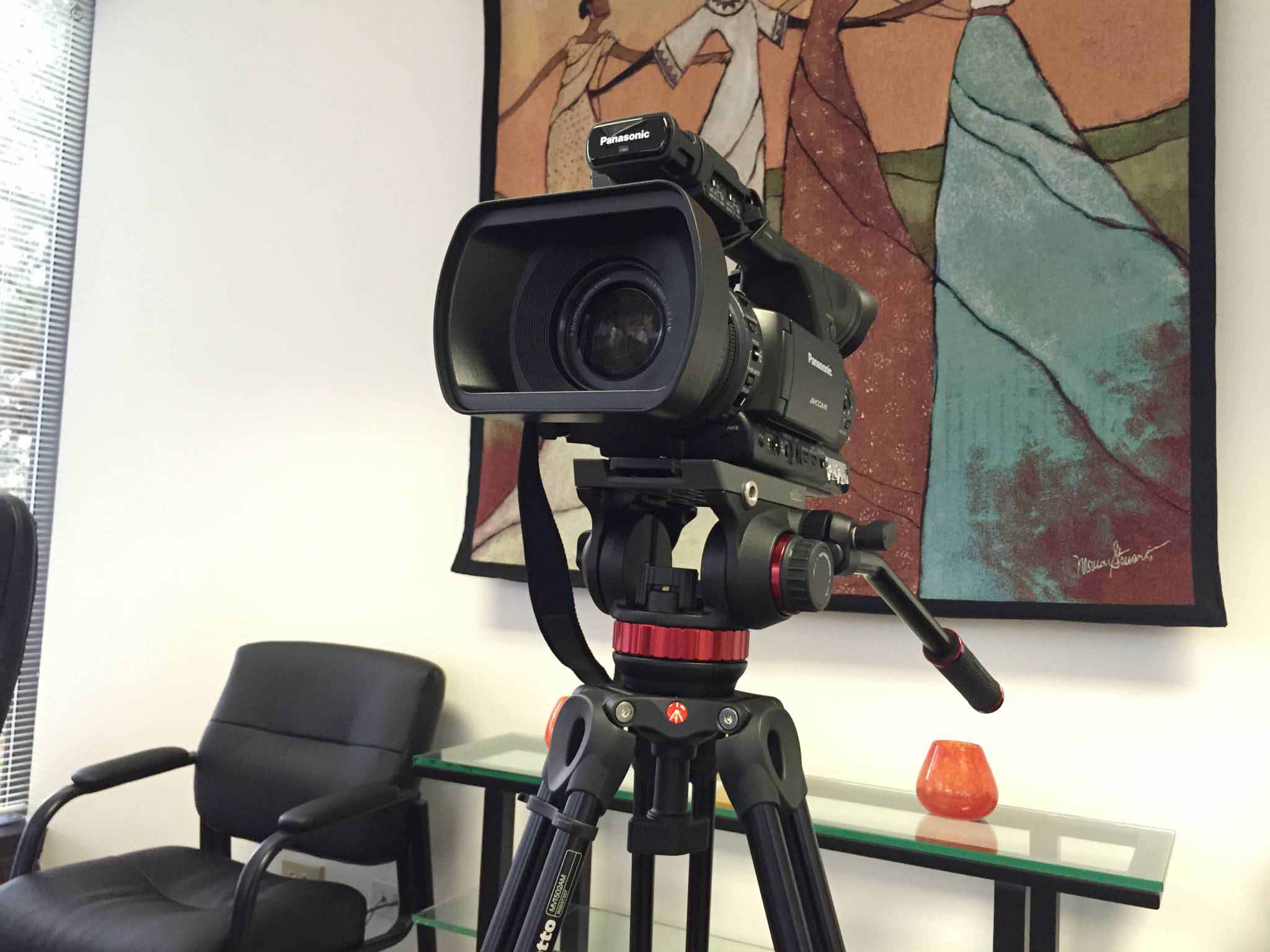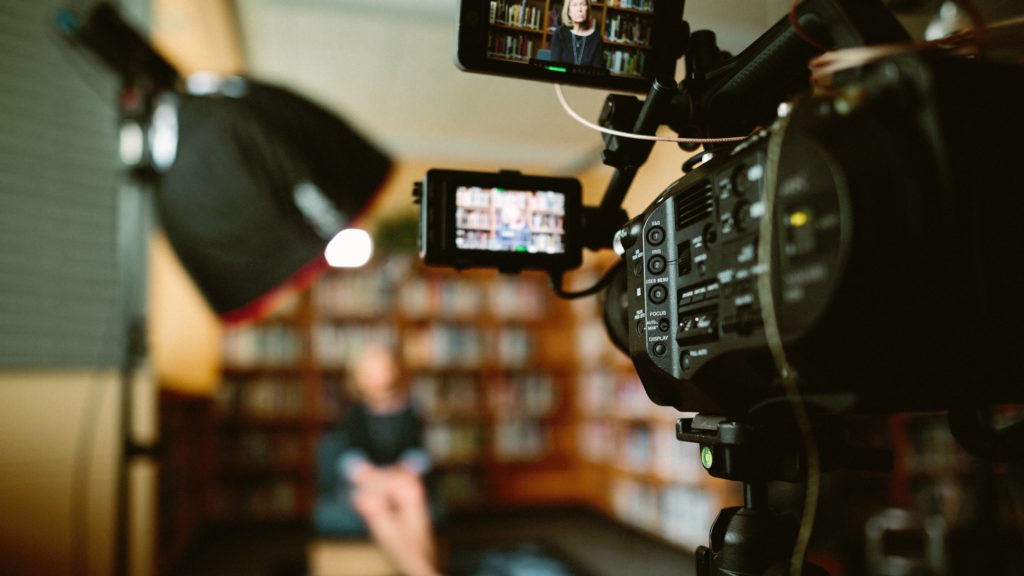Exploring the Systems of Legal Videography: Introduction Its Procedure in Shielding Authentic Aesthetic Testimony for Judicial Proceedings
In the world of judicial process, the function of legal videography stands as a keystone in preserving and presenting aesthetic evidence. As innovation remains to advancement, the devices behind legal videography have become significantly detailed, supplying a crucial layer of credibility to statements caught on video. By delving right into the functional details of legal videography, one can uncover the precise procedures that protect the integrity of visual evidence offered in court rooms - Legal Videography. This exploration not just clarifies the historic development of lawful videography yet additionally means the future fads that might even more revolutionize how aesthetic testimonies are maintained in the world of justice.
Historic Advancement of Lawful Videography
Analyzing the historic progression of lawful videography exposes a substantial change in the capturing and presentation of aesthetic proof within the lawful landscape. In the past, lawful proceedings heavily counted on written records and photographs to document occasions and offer proof. With the advent of video clip technology, the legal industry saw a paradigm change in just how aesthetic testimony was caught and presented.
The evolution of legal videography can be traced back to the late 20th century when innovations in video clip recording equipment made it extra obtainable for usage in courtrooms. This technological improvement not just improved the precision and reliability of visual proof yet also changed the way cases were presented to courts and judges (Legal Videography). Attorneys started to acknowledge the convincing power of video recordings in conveying emotions, subtleties, and non-verbal cues that created records or photos alone might not catch efficiently

Technology Advancements in Video Documentation
What crucial technological advancements have revolutionized video documentation in the lawful area? The lawful field has actually seen substantial innovations in video clip paperwork innovation that have actually boosted the credibility and dependability of visual proof in judicial process. Among the essential developments is high-definition (HD) video clip recording capabilities, which provide crystal-clear photos and sharp information that are essential for precisely capturing testimonies, face expressions, and other visual cues. In addition, the combination of timestamping and metadata features in video documents tools has actually allowed precise documents of when and where the video clip was tape-recorded, guaranteeing the integrity of the proof presented in court.
Furthermore, improvements in video security and watermarking technologies have strengthened the safety and tamper-proof nature of video proof, protecting it against unauthorized changes or tampering. Moreover, the advent of cloud storage options and remote access abilities has structured the storage space, retrieval, and sharing of video evidence, assisting in smooth collaboration amongst legal specialists and ensuring efficient access to vital aesthetic testimonies when needed. These technical improvements in video clip documents have actually undoubtedly transformed the lawful area, boosting the precision, reliability, and admissibility of visual proof in judicial procedures.
Function of Legal Videographers in Courtroom Setups
The development of video documentation modern technology in the lawful field has necessitated a vital function for legal videographers in court room settings, guaranteeing the honesty and reliability of visual testimonies presented throughout judicial proceedings. Lawful videographers play a fundamental role in recording and protecting accurate aesthetic proof that can be essential in litigation. Their duty reaches setting up tools, Visit Your URL recording procedures, and producing high-grade videos that precisely mirror the occasions in the court.
In addition, lawful videographers usually work very closely with lawful groups to make certain that the video clip evidence straightens with the instance's needs and can be effectively presented in court to support the legal disagreements being made. Generally, the function of legal videographers in court settings is vital in promoting the concepts of justice and guaranteeing the openness of lawful procedures. Legal Videography.

Ensuring Admissibility and Honesty of Video Evidence
To keep the reliability of aesthetic evidence presented in legal process, ensuring the admissibility and honesty of video proof is an essential responsibility for legal videographers. Admissibility refers to the approval of proof by the court, and for video clip proof to be permissible, it must fulfill certain requirements. Lawful videographers play a crucial role in ensuring that the videos they catch adhere to the regulations of proof, such as reliability, authenticity, and importance.
Stability of video clip evidence includes maintaining the creativity and precision of the footage from the moment it is recorded until it is provided in court. This includes securely storing the video clip files, documenting the chain of protection, and protecting against any kind of meddling or modifications. Legal videographers must adhere to rigorous methods to ensure the integrity of the video clip proof and stop any type of challenges to its credibility.
Future Trends in Legal Videography
Offered the boosting reliance on modern technology in lawful procedures, legal videographers are positioned to accept innovative innovations shaping the future of visual testament capture and discussion. One of the noticeable patterns imminent is the assimilation of online reality (VIRTUAL REALITY) and enhanced truth (AR) modern technologies into lawful videography. These innovations have the potential to change just how visual proof exists in courtrooms, allowing juries and courts to immerse themselves in the scene of the criminal offense or incident.
Moreover, using expert system (AI) formulas for video analysis is anticipated to improve the procedure of examining and analyzing big amounts of video footage. AI can help in recognizing essential minutes, anomalies, and patterns within videos, boosting the performance of legal examinations.

Conclusion
To conclude, lawful videography has played a crucial duty in offering genuine aesthetic evidence for judicial process. With technical improvements and the knowledge of legal videographers, the honesty and admissibility of video evidence are made certain in court setups. As legal videography remains to Check This Out develop, it will certainly be important to promote requirements that maintain the accuracy and dependability of aesthetic testimony for the future of legal process.
Analyzing the check historic development of legal videography exposes a significant change in the recording and presentation of aesthetic proof within the legal landscape.The advancement of video clip documentation innovation in the legal area has actually demanded an essential duty for legal videographers in court room setups, guaranteeing the stability and integrity of aesthetic statements provided throughout judicial procedures. In addition, lawful videographers often work carefully with legal teams to make sure that the video clip proof straightens with the case's requirements and can be efficiently presented in court to support the lawful arguments being made.To preserve the reputation of aesthetic evidence provided in legal procedures, guaranteeing the admissibility and stability of video evidence is an important duty for lawful videographers. As legal videography continues to develop, it will certainly be crucial to promote criteria that preserve the accuracy and reliability of visual testimony for the future of lawful process.